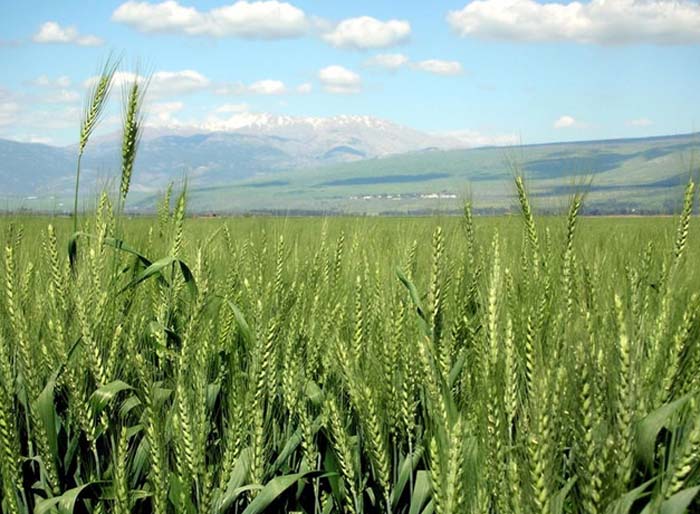
The Sunday Mail

Theseus Shambare
SOME farmers in Mashonaland East and Mashonaland West provinces have started planting wheat, three weeks earlier than the anticipated start date of May 1, as they seek to maximise yields, while minimising risks of losing the high-value cereal to early summer rains.
Experts say the early planted crop has proven to yield better results, compared to late planted crops, with some farmers realising as high as 10 tonnes per hectare (ha), due to cold conditions.
On the other hand, late planted wheat crops face the threat of rain damage.
Some parts of the country received heavy rains over the weekend as forecast by the Meteorological Services Department (MSD).
With the country coming from an El Niño-affected summer cropping season, the rains have been regarded as good news to farmers who are finalising their land preparations, while water bodies get a much-needed replenishment to sustain irrigation systems.
Zimbabwe National Farmers Union (ZNFU) president Mrs Monica Chinamasa said late summer rains were good news for farmers geared for winter wheat farming.
“This is the much-needed moisture for planting and a plus to our water sources. We are ready for the winter production. Some have already started planting,” she said.
“However, we implore the Grain Marketing Board (GMB) to support farmers by facilitating previous wheat payments, so that farmers can fully engage in the fields.”
Permanent Secretary for Lands, Agriculture, Fisheries, Water and Rural Development Professor Obert Jiri assured farmers and the nation that all was in place to ensure a successful winter wheat season.
“Due to the El Niño-induced drought experienced during the 2023-2024 agricultural season, and the surpassing of wheat targets during the last two seasons, Government has shifted its focus to wheat production as its alternative to winter maize.
“In as much as Government could push for winter maize production to close the gap created by the El Niño-induced drought, it has been proven beyond reasonable doubt that higher wheat yields of up to more than 10 tonnes per hectare are obtained in Zimbabwe due to favourable cold conditions in winter,” said Professor Jiri.
In Zimbabwe, wheat is grown in winter (May–September) when the temperatures are low and favourable for seed yield and quality.
There have been calls within the agricultural sector urging Government to embark on an intensive winter grain (maize and sorghum) production.
Prof Jiri said research had proven otherwise.
“The results make wheat a better crop to grow in winter than maize,” he said.
“Unlike winter wheat, in Zimbabwe winter maize can only be successful in areas that normally experience high temperatures.”
He said areas in the lowveld were suitable for winter maize because of warm and frost-free winters experienced in these areas.
“This limits the winter maize suitable to hot districts like Chiredzi, Mwenezi, Kariba, Hwange, Mbire and Muzarabani, among others,” said Professor Jiri.
He said wheat can be used as a substitute for maize in terms of local consumption and can be exported to other countries in the region and beyond.
Gross margin analysis for the two crops has shown that the gross margin for maize is US$215 per hectare compared to the US$1 218 of winter wheat.
As part of timeous preparations, Government has since made available a total of 14 000 tractors and 300 combine harvesters.
Twenty-two cluster centres have been formed countrywide within the reach of farmers for ready mechanisation services at a minimal cost.
Plans are to put 120 000ha under the cereal, a significant increase from the record 90 912ha planted last year.
Financiers have been crowded in to boost production, with the CBZ (CBZ Agro-Yield) targeting a production of 11 500ha, while AFC Bank will support production on 16 000ha.
NMB Bank is funding production on 2 500ha, while the Agricultural and Rural Development Authority (Arda) will manage 45 000ha through its joint ventures.
The Food Crop Contractors Association has set a target of 25 000ha, while individual small-scale farmers are expected to cultivate at least 20 000ha.
X@TheseusShambare





